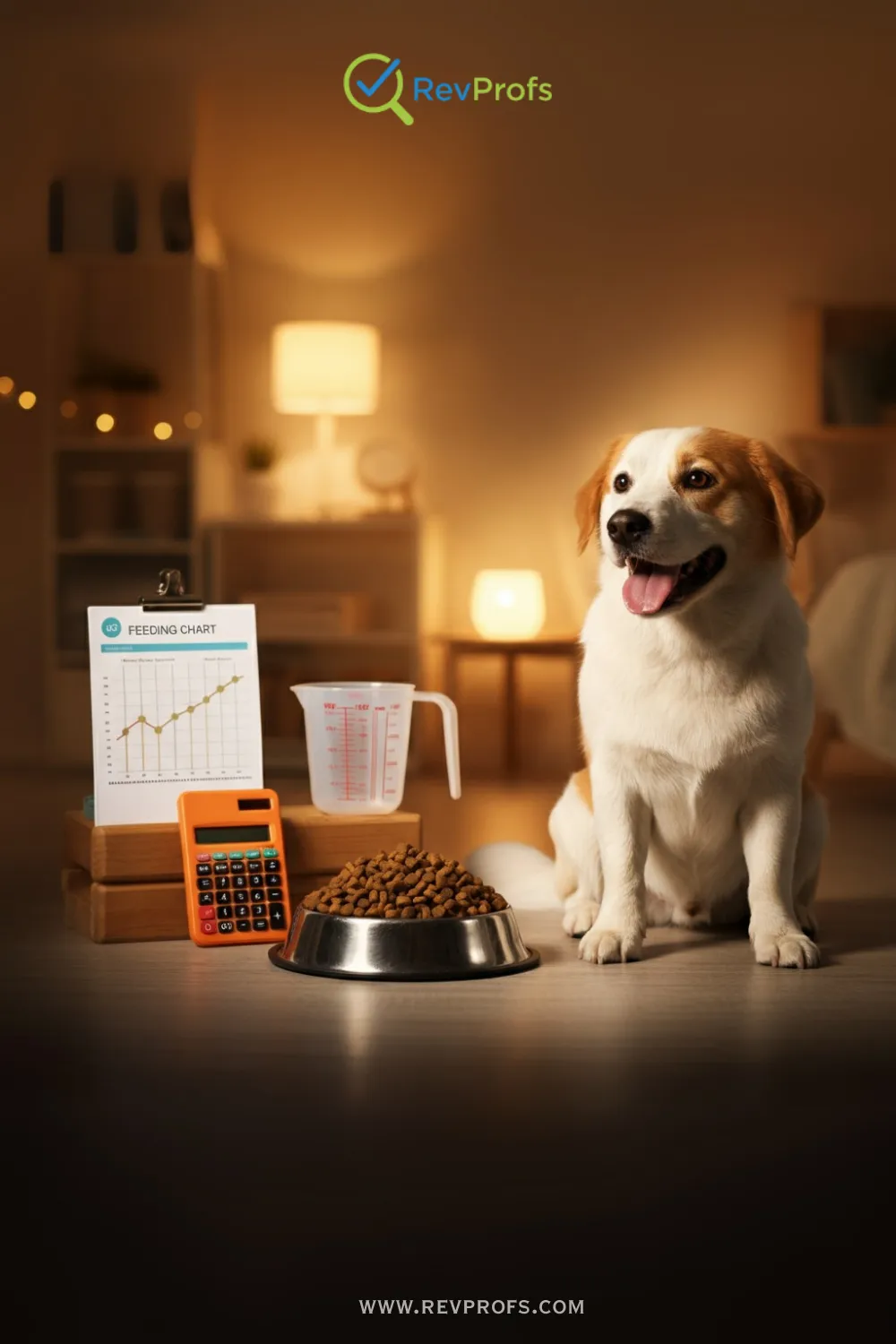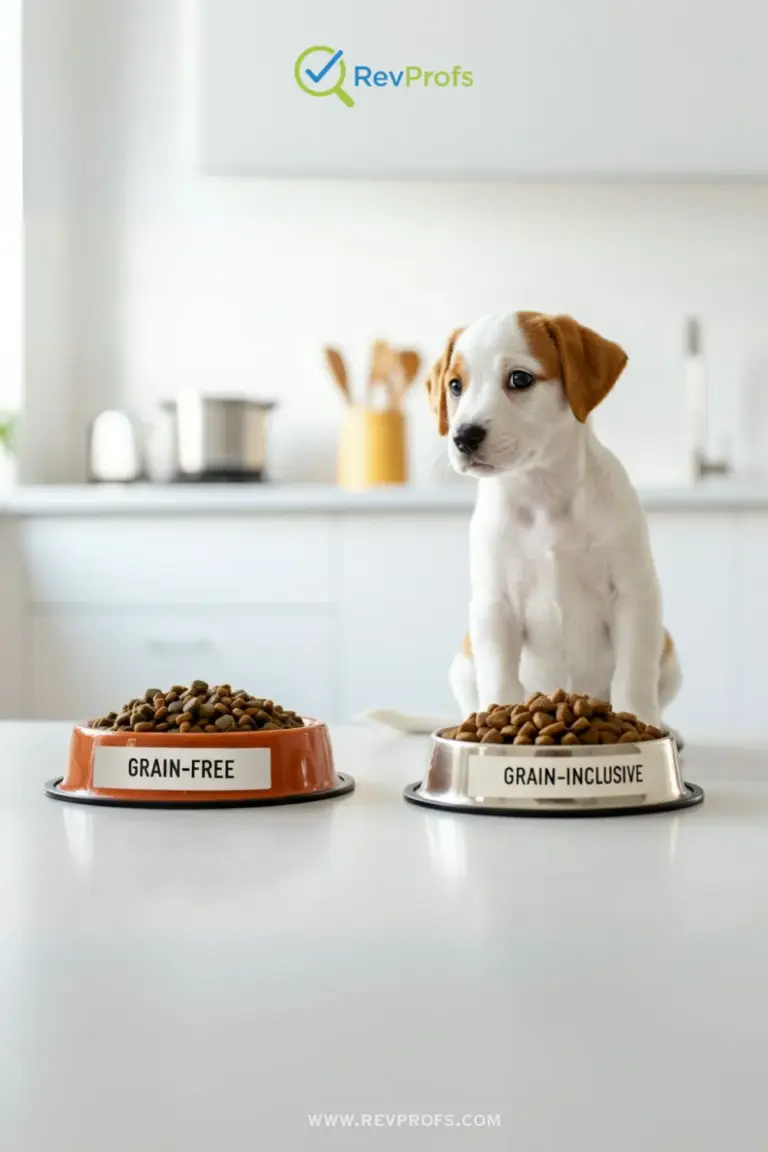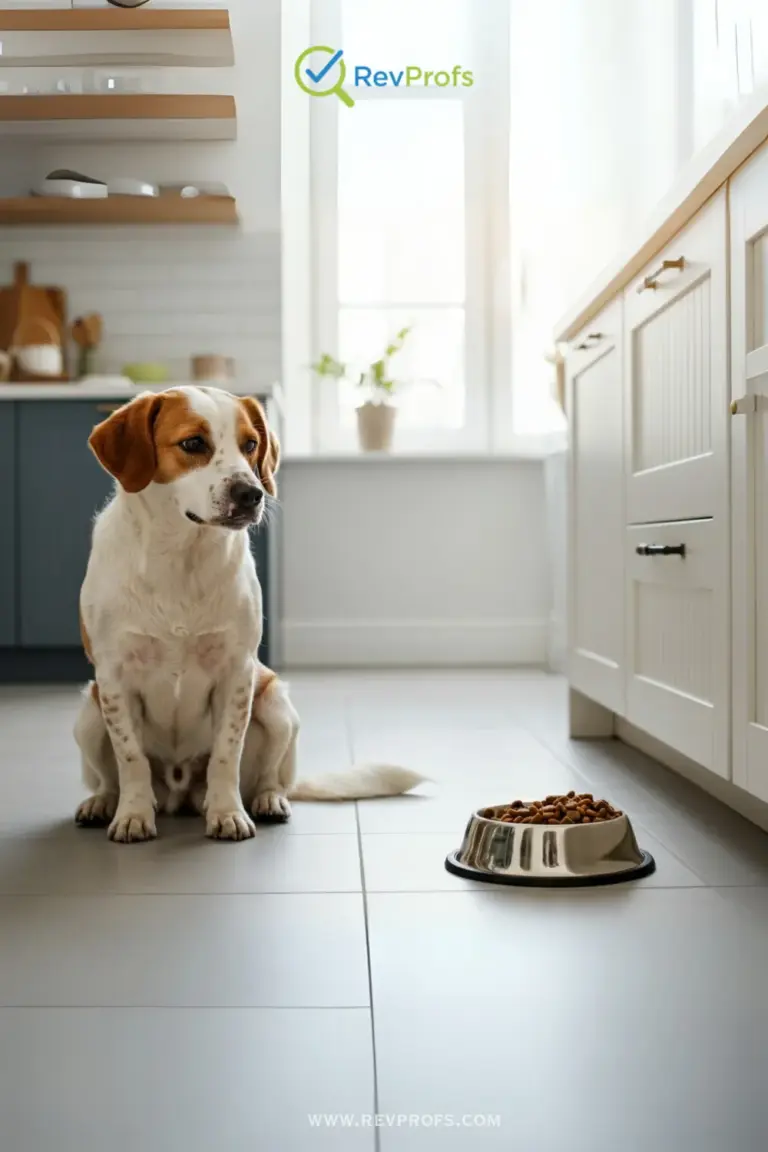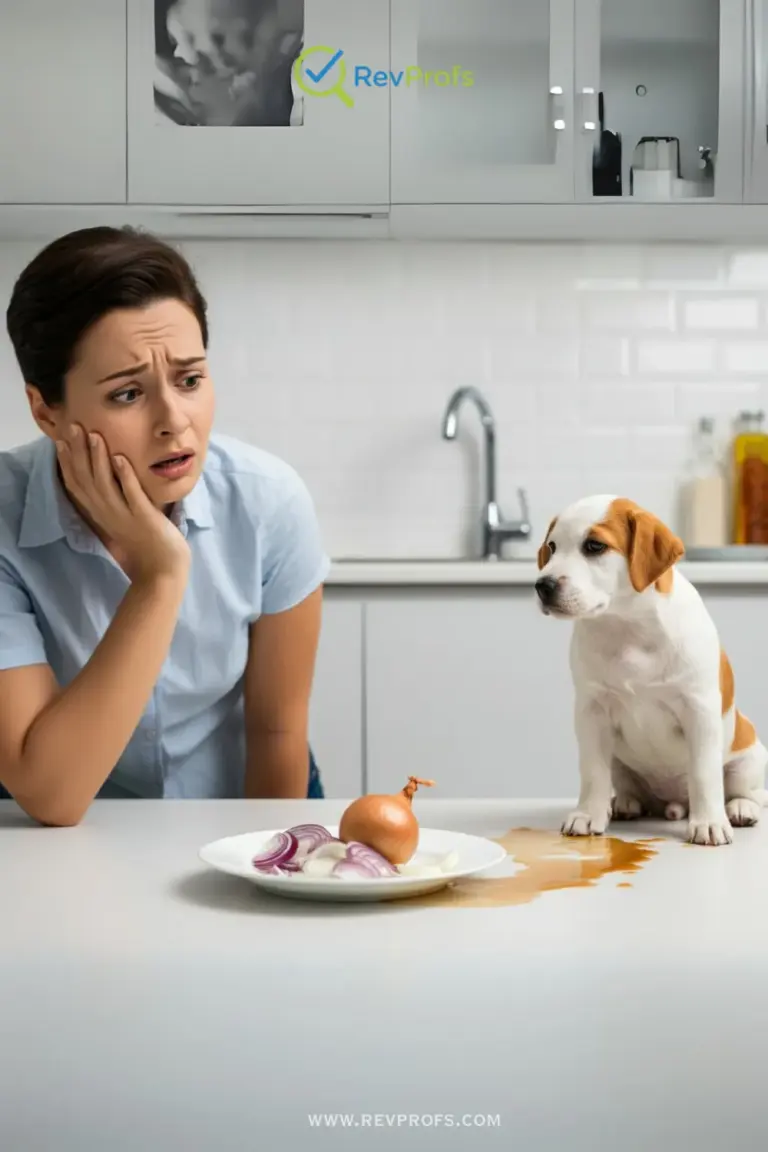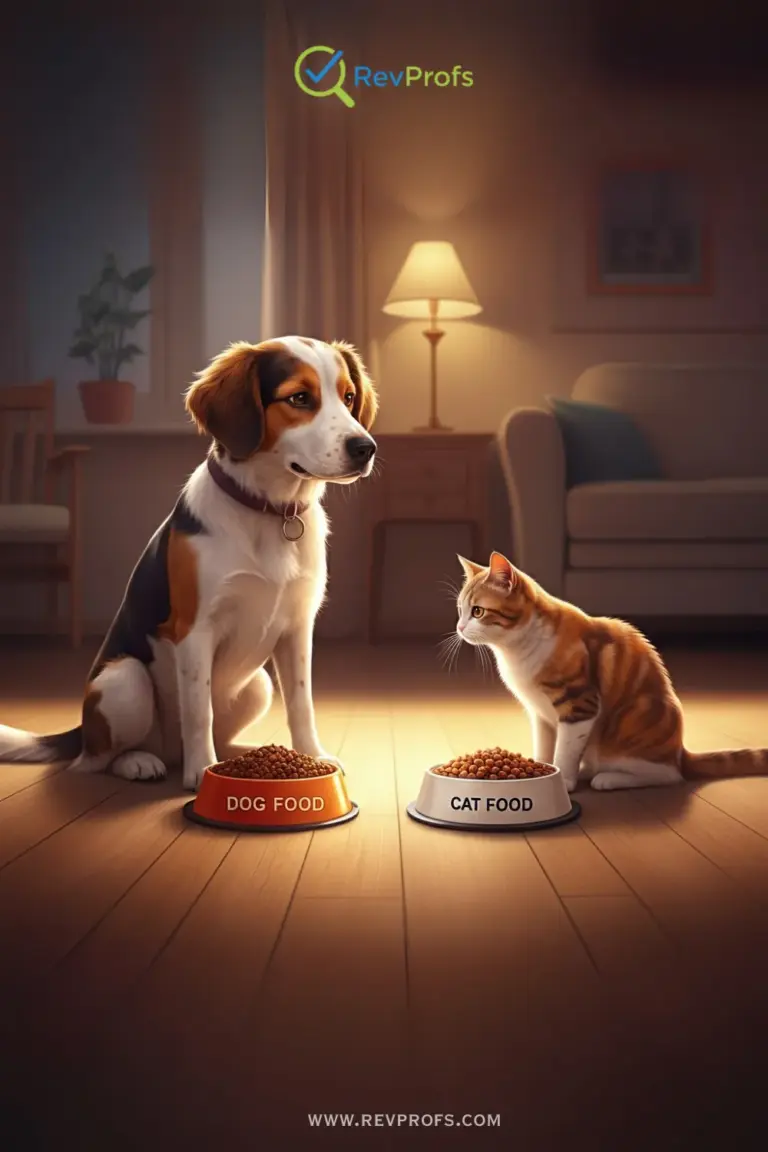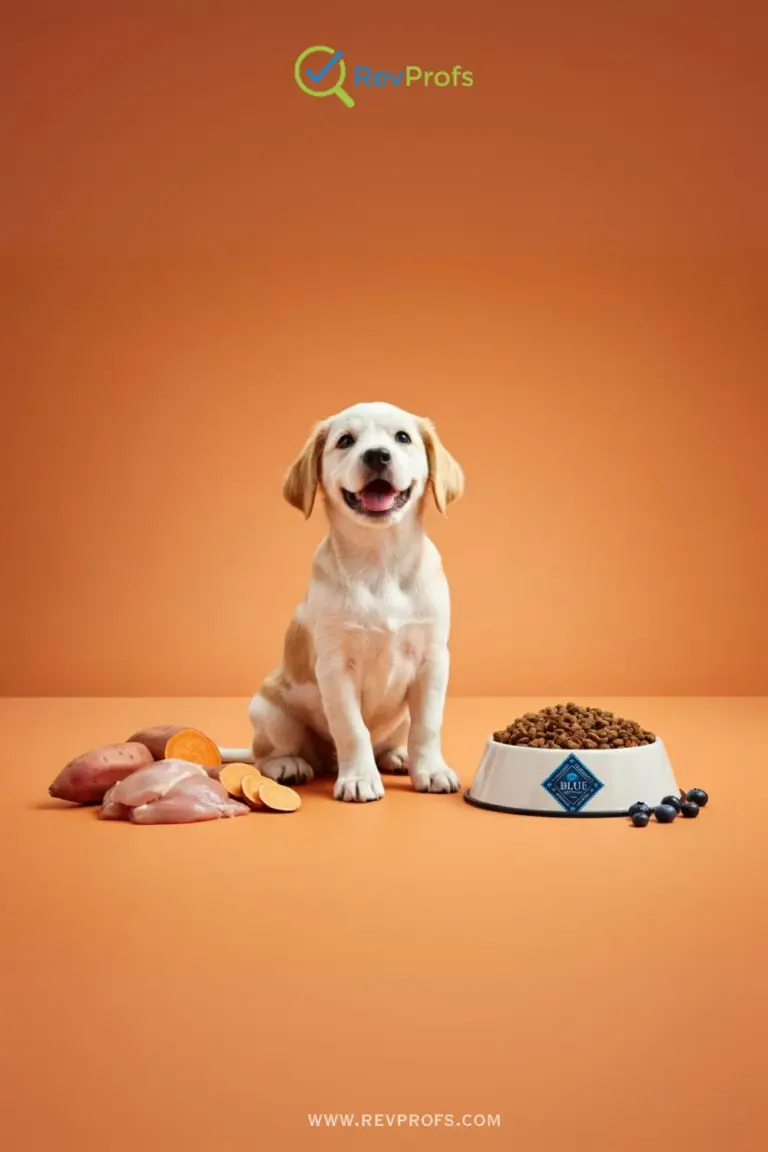How Much Food Should I Feed My Dog? A Simple Guide
Figuring out the right amount of food for your dog can feel like a tricky puzzle. You want to make sure your best friend is getting enough to be healthy and energetic, but not so much that they gain unhealthy weight. It’s a common worry for pet owners, but don’t stress! We’re here to walk you through it.
This guide will help you understand your dog’s needs. We’ll cover everything from reading feeding charts to understanding your dog’s specific calorie requirements, so you can feel confident you’re giving them the best dog food portions every time.
Why the Right Food Portion Matters
Just like with people, portion control is key to a dog’s long-term health. Overfeeding is one of the most common mistakes well-meaning owners make. While those puppy-dog eyes can be hard to resist, consistently giving too much food can lead to obesity. This can contribute to serious health issues like diabetes, heart disease, and arthritis.
On the other hand, underfeeding can leave your dog without the energy they need for walks, play, and just being their happy self. It can also lead to nutritional deficiencies. Finding that sweet spot is crucial for a happy, healthy companion.
Start with the Dog Food Label
The feeding guide on your dog’s food bag is the best place to start. These recommendations are based on your dog’s weight and the specific calorie content of that food. It’s usually presented as a dog feeding chart by weight.
Here’s how to use it:
- Weigh your dog: Get an accurate, up-to-date weight for your furry friend.
- Find their weight range on the chart: Locate the row that corresponds to your dog’s weight.
- Note the recommended daily amount: The chart will suggest a total amount of food (usually in cups) to feed your dog over a 24-hour period.
Remember, this is just a starting point. Think of it as a general guideline, not a strict rule. Factors like your dog’s age, breed, and activity level will require you to make adjustments.
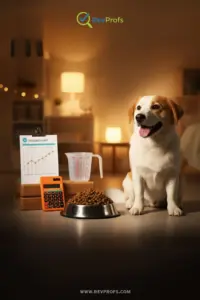
Factors That Influence Your Dog’s Portion Size
Every dog is unique, and their dietary needs are too. A lazy Basset Hound won’t need the same amount of food as an energetic Border Collie of the same weight. Let’s look at the key factors that affect how much you should feed your dog.
1. Age and Life Stage
A dog’s nutritional needs change dramatically as they grow.
- Puppies: Growing pups need more calories and nutrients to support their development. A puppy feeding schedule is essential. They typically need to eat small, frequent meals—often three to four times a day.
- Adult Dogs: Most adult dogs do well with two meals a day. Their calorie needs stabilize once they are fully grown.
- Senior Dogs: Older dogs are often less active and have a slower metabolism. They generally require fewer calories to prevent weight gain. Some may also need special diets for age-related health issues.
2. Activity Level
How active is your dog? Be honest!
- Low Activity: A dog who spends most of the day lounging will need fewer calories.
- Moderate Activity: A dog who enjoys daily walks and regular playtime has average needs.
- High Activity: A working dog, a canine athlete, or a very active breed will need significantly more fuel to keep them going.
3. Breed and Size
Breed can play a role in metabolism. Small breeds often have faster metabolisms than large breeds, meaning they may need more calories per pound. Giant breeds have their own unique nutritional requirements to support their large frames without growing too quickly.
4. Spayed or Neutered?
The process of spaying or neutering can slow a dog’s metabolism. If you don’t adjust their food intake after the procedure, they can easily gain weight. It’s a good idea to reduce their food by about 25-30% and monitor their weight closely.
Using a Dog Calorie Calculator
For a more precise approach, you can use a dog calorie calculator. These tools help you estimate your dog’s daily calorie needs based on their weight and other factors.
The calculation starts with finding your dog’s Resting Energy Requirement (RER). A common formula is:
RER = 70 x (your dog’s weight in kg)^0.75
To get your dog’s weight in kilograms, divide their weight in pounds by 2.2.
Once you have the RER, you multiply it by a certain factor based on their needs:
- Typical Neutered Adult: RER x 1.6
- Typical Intact Adult: RER x 1.8
- Inactive/Obese Prone: RER x 1.2
- Active/Working Dog: RER x 2.0 to 5.0
- Puppy (0-4 months): RER x 3.0
- Puppy (4 months to adult): RER x 2.0
Let’s say you have a 44-pound (20 kg) neutered adult dog with a normal activity level.
- RER = 70 x (20)^0.75 = 70 x 9.46 = 662 calories
- Daily Needs = 662 x 1.6 = 1059 calories per day
Once you know the daily calorie goal, check your dog food’s label for the “kcal/cup” number. This tells you how many calories are in each cup. You can then calculate the exact portion size.
How Often Should I Feed My Dog?
Now that you know how much to feed, let’s talk about how often. The two main methods are free-feeding and scheduled meals.
Free-Feeding vs. Scheduled Meals
Free-feeding involves leaving a full bowl of food out for your dog to graze on throughout the day. While convenient, it’s not the best option for most dogs. It makes it difficult to monitor their food intake, which can easily lead to overeating. It’s also harder to notice if your dog loses their appetite, which can be an early sign of illness.
Scheduled meals are the recommended approach for most dogs. This means feeding your dog specific portions at set times each day.
- Adult Dogs: Most do well with two meals per day (morning and evening).
- Puppies: Need 3-4 smaller meals spaced throughout the day.
- Giant Breeds: Some large breeds are prone to bloat, a life-threatening condition. Feeding them smaller, more frequent meals can help reduce this risk.
Scheduled meals help you control portions, establish a routine, and quickly notice changes in your dog’s eating habits.
Are You Overfeeding Your Dog?
It’s easy to do, especially with a dog who loves to eat. Be on the lookout for overfeeding dog symptoms:
- Weight Gain: The most obvious sign. You should be able to feel your dog’s ribs without pressing hard, and they should have a visible waistline when viewed from above.
- Loss of Energy: Overweight dogs are often more tired and less interested in playing.
- Digestive Issues: Too much food can lead to loose stools or an upset stomach.
- Breathing Problems: Excess weight puts pressure on the lungs.
If you notice these signs, it’s time to re-evaluate their portions and consult your vet.
Putting It All Together for the Best Dog Food Portions
Finding the perfect food portion for your dog is a process of observation and adjustment.
- Start with the Guideline: Use the feeding chart on the bag as your starting point.
- Consider Your Dog’s Profile: Adjust the amount based on their age, breed, activity level, and whether they are spayed/neutered.
- Monitor Their Body Condition: Regularly check your dog’s weight and body shape. Your vet can show you how to do a body condition score check.
- Adjust as Needed: If your dog is gaining unwanted weight, reduce their food slightly. If they seem too thin, increase it. Make small changes (about 10%) and monitor for a few weeks before adjusting again.
- Don’t Forget Treats: Treats have calories too! Make sure they make up no more than 10% of your dog’s total daily calorie intake.
By paying close attention to these details, you can ensure you’re providing the perfect meal every time. A healthy diet is one of the greatest gifts you can give your four-legged family member, setting them up for a long, happy, and vibrant life with you.
Ready for the Next Step?
Your pet's journey doesn't end here. Explore our expert guides to ensure they get the best care at every stage.
Puppy & Dog Care
From choosing the right food to understanding their behavior, our dog care guides cover everything you need to know.
Explore Dog GuidesGear & Product Reviews
Find honest, in-depth reviews on the latest pet gear, from smart collars to durable toys, and make informed decisions.
See All Reviews
